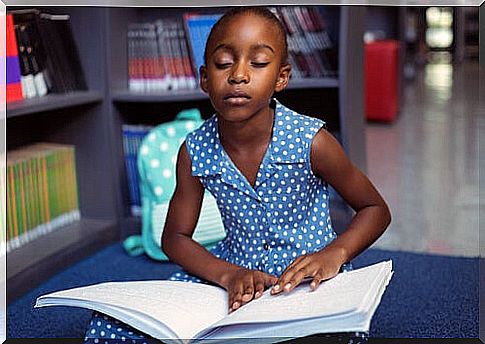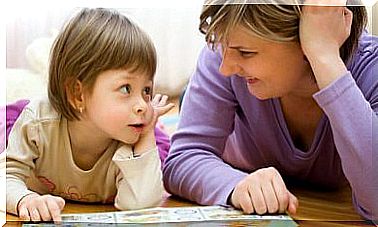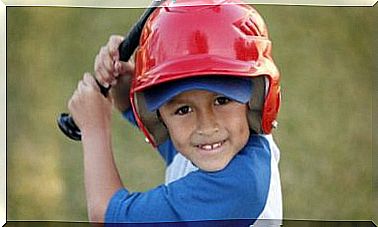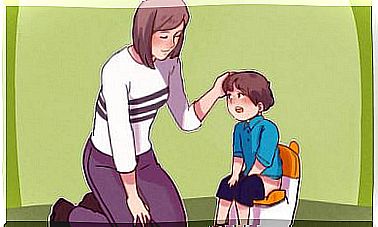Adaptation Of Materials For Visually Impaired Children

At school, the materials for visually impaired children have to be adapted so that they can access the academic curriculum and learning content.
This is a basic measure to address the specific educational support needs of students with significant visual impairments.
What is visual impairment?
Visual impairment refers to the presence of significant functional deficiencies when seeing. In other words, this concept encompasses different types of serious visual problems. Thus, according to Natalie Barraga, one can distinguish between:
- Total blindness : the vision only allows to perceive light.
- Partial blindness : the poor vision that one has only allows to perceive lumps.
- Low vision : there are significant deficiencies in visual acuity, but objects can be seen within a few centimeters. Therefore, adaptations are necessary to be able to carry out various activities of daily life.
- Limit vision : the visual deficit is not excessively serious, so one is not incapacitated to do day-to-day activities, although, sometimes, simple adaptations are required to be able to carry out some of them.

Adaptation of materials for visually impaired children
Children with visual disabilities need to have school materials adapted to their special educational needs, to guarantee adequate access and reproduction of the information they must learn. These adaptations can be carried out through various resources, such as:
- Amplification.
- Recording.
- Braille system.
- Relief.
Materials for visually impaired children: enlargement
The enlargement consists of increasing the size of the document to facilitate the access of a specific material, so that its presentation is clear, with a good contrast and with a font size that is not too large.
This technique is used only in specific cases, since it is better to use the adaptation possibilities of the computer, making a more legible letter for children with vision problems and eliminating backgrounds and bad contrasts.
Materials for visually impaired children: recordings
Recordings are a good way to get information out to visually impaired students. Therefore, it is about orally transcribing the materials so that the little ones can access them through the auditory route.
Although the main problem with this method is that not everything can be recorded, such as the content of mathematics, physics, chemistry, etc.
Materials for visually impaired children: braille system
Braille is a system of raised points that is based on the combination of 6 points distributed in a small cell. In this case, the materials must be transcribed and adapted so that they can be perceived by touch.
But not everything can always be adapted, so the decision to use it will depend on the type of information or the exercise. In addition, to use this tool, it is necessary for the child to master and know Braille.
Materials for visually impaired children: relief illustrations
Another way to adapt the material for children with visual disabilities is through the use of relief illustrations, so that the student, through touch, can have a global image of the information.

To carry out this adaptation correctly, a series of considerations must be taken into account:
- Size : it must be accessible between the two hands, including all the information and being able to discriminate it easily.
- Simplicity : it has to be monothematic and with different textures and heights.
Other Necessary Accommodations
In addition to the adaptation of written materials, it is also necessary to adapt the environment, so a series of measures must be taken regarding physical changes in the classroom and in the school, such as:
- Have a desk that has enough space to handle the specific material.
- Organize the elements in a fixed and stable way and notify in case of changes.
- Eliminate architectural obstacles and barriers that impede accessibility.
- Have adequate lighting.










